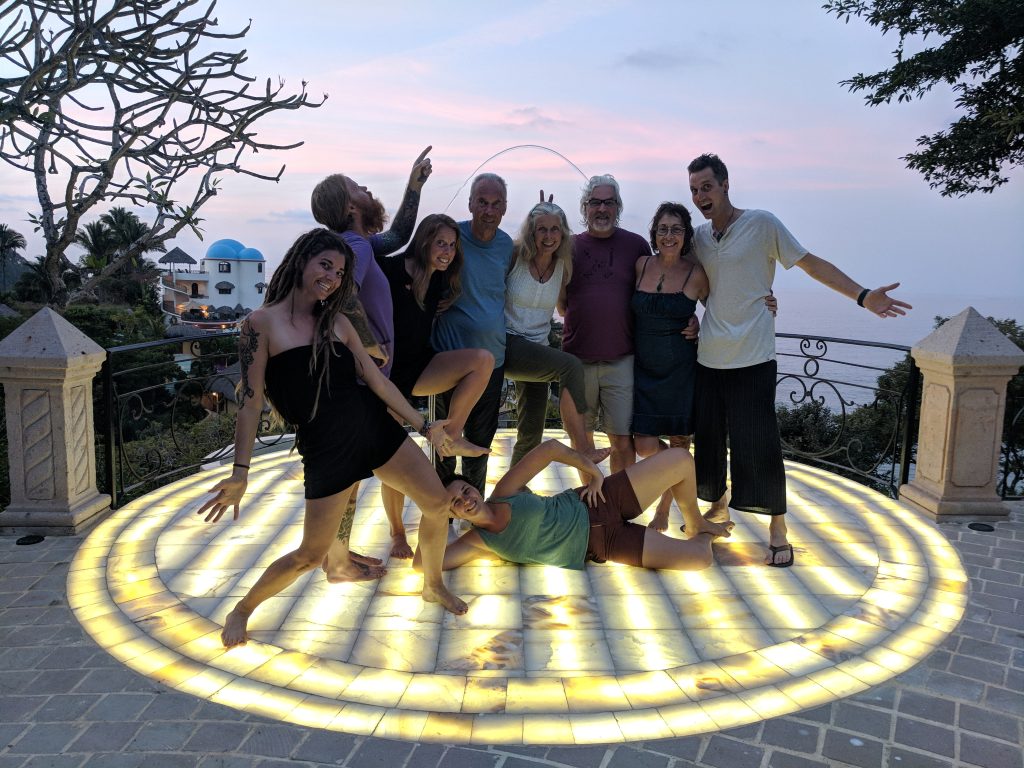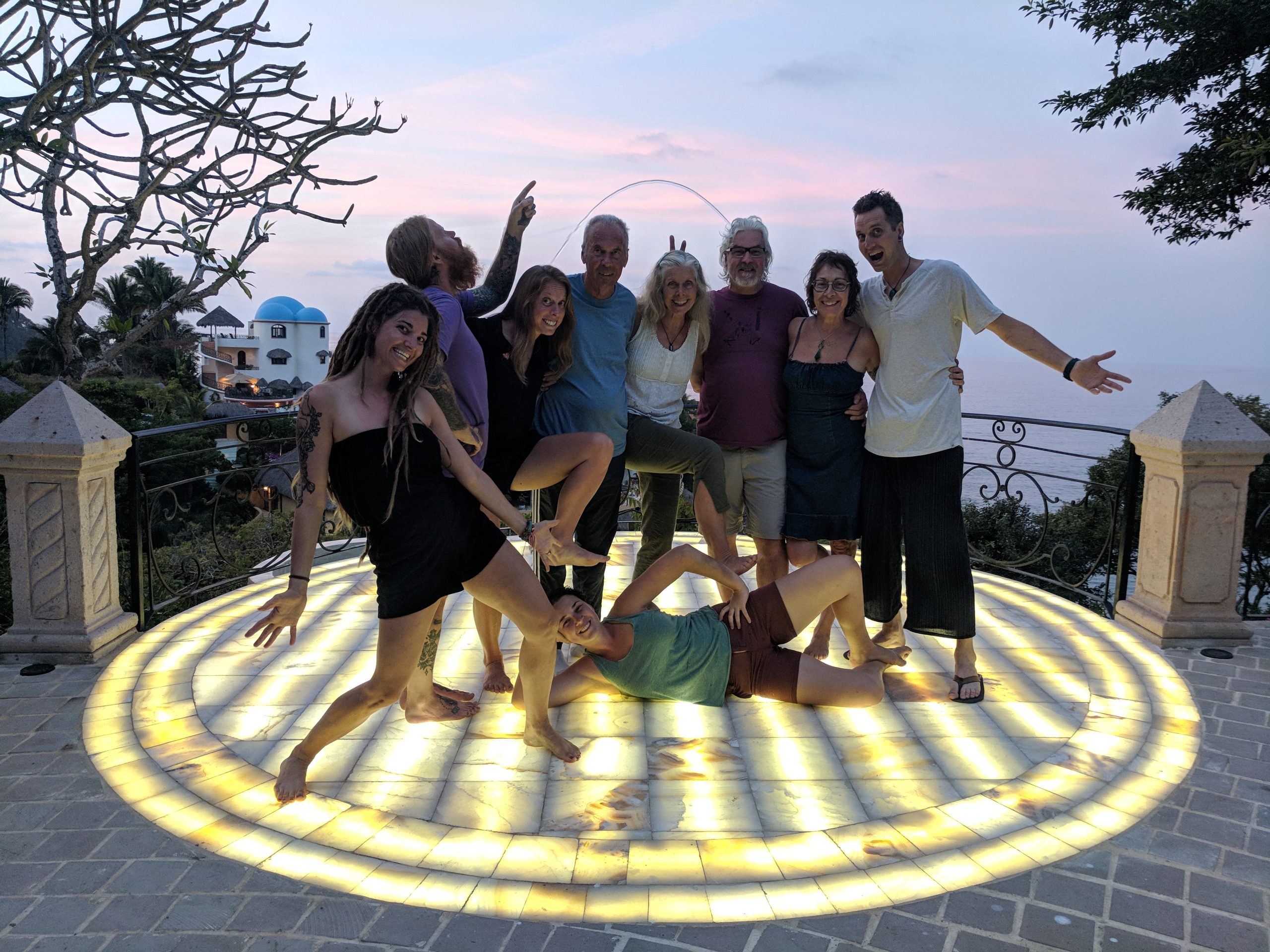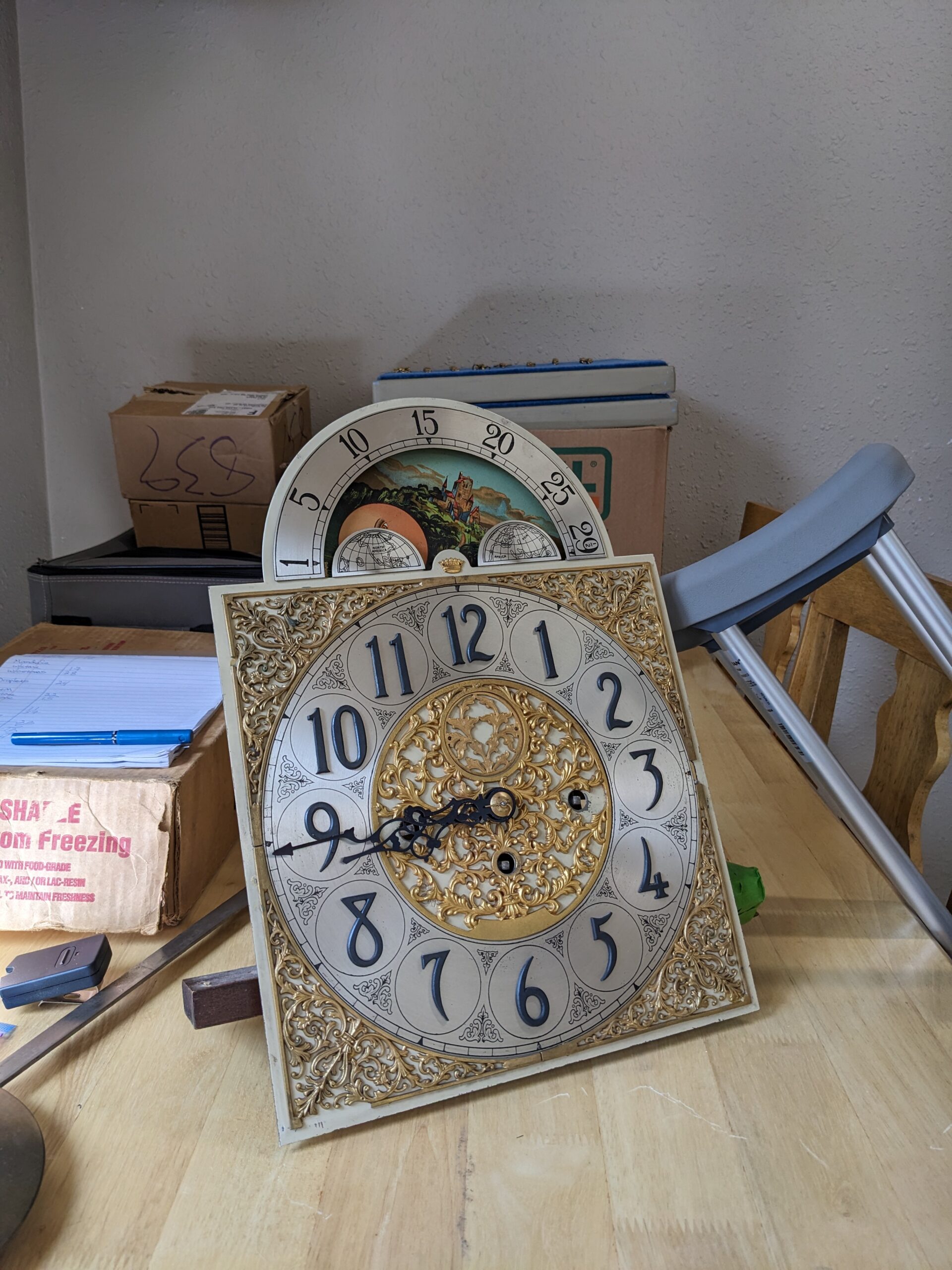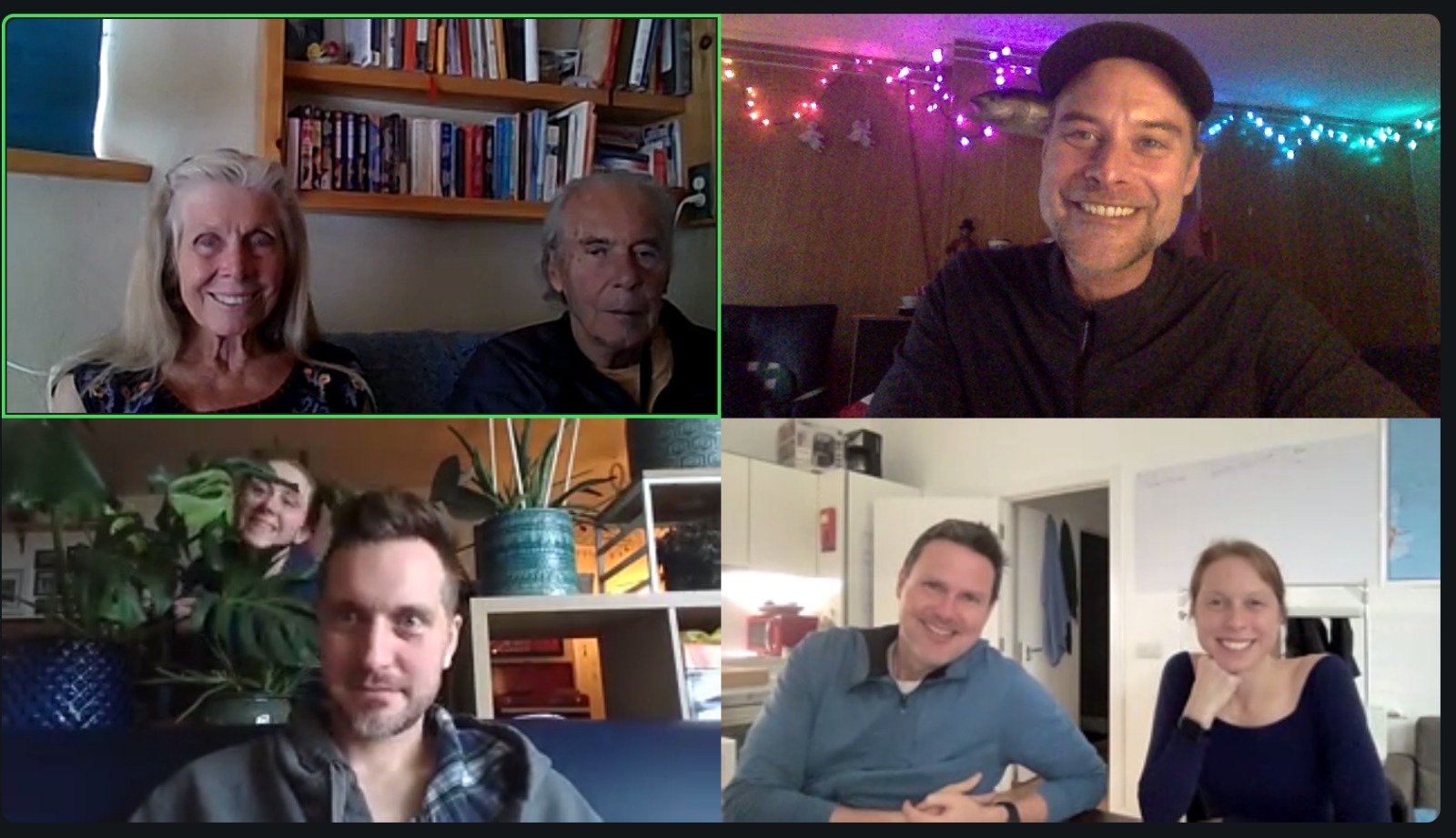
Andy and I have discovered that strengthening our relationship, and our relationships with family and friends, is our number one way for both of us- patient and caregiver- to live the good life.
Having a good life has almost become a cliché.
“Whoever ends up with the most toys wins; life’s a beach; and the difference between men and boys are the cost of their toys.”
In our very developed world we all seek to have the luxuries money can buy.
Specialty foods, spa packages, fancy cars, new homes, designer clothes and expensive shoes.
In the last fifty years an entire industry has been created to enhance one’s health.
Health really is a factor in a good life and while our human health quest is perhaps more understandable than chasing after more and more material items and hoarding money, to me it seems like one more distraction taking us away from a truly good life.
Harvard has conducted a research project for the last eighty years about what makes a good life. Their findings showed that satisfaction in relationships is by far the most powerful way to live a healthy and happy life.
Robert Waldinger, from Harvard, gave a TED talk, in 2015, titled, “What makes a good life? Lessons from the longest study on happiness.” Researchers found relationship satisfaction has a protective effect on people’s mental health. Waldinger says, “Loneliness kills. It’s as powerful as smoking or alcoholism.”
George Vaillant, director of psychiatric research at Harvard, cites six factors for healthy aging for a good life, physical activity, absence of alcohol abuse, absence of smoking, having mature mechanisms to cope with life’s ups and downs, a healthy weight, and stable relationships.
He writes, “When the study began, nobody cared about empathy or attachment. But the key to healthy, again, is relationships, relationships, relationships.”
When disease becomes a factor in life it can be tempting to focus on all the aspects of life that are no longer possible.
Andy and I have discovered that strengthening our relationship, and our relationships with family and friends, is our number one way for both of us- patient and caregiver- to live the good life. This can be done no matter what disability challenges exist.
This can be a priority no matter how the disease ravages or compromises the patient.
As a caregiver, it is of the utmost importance and part of this calling, to foster and promote relationships for oneself and one’s patient.
It is never too late.
How can we do this?






Be the first to reply